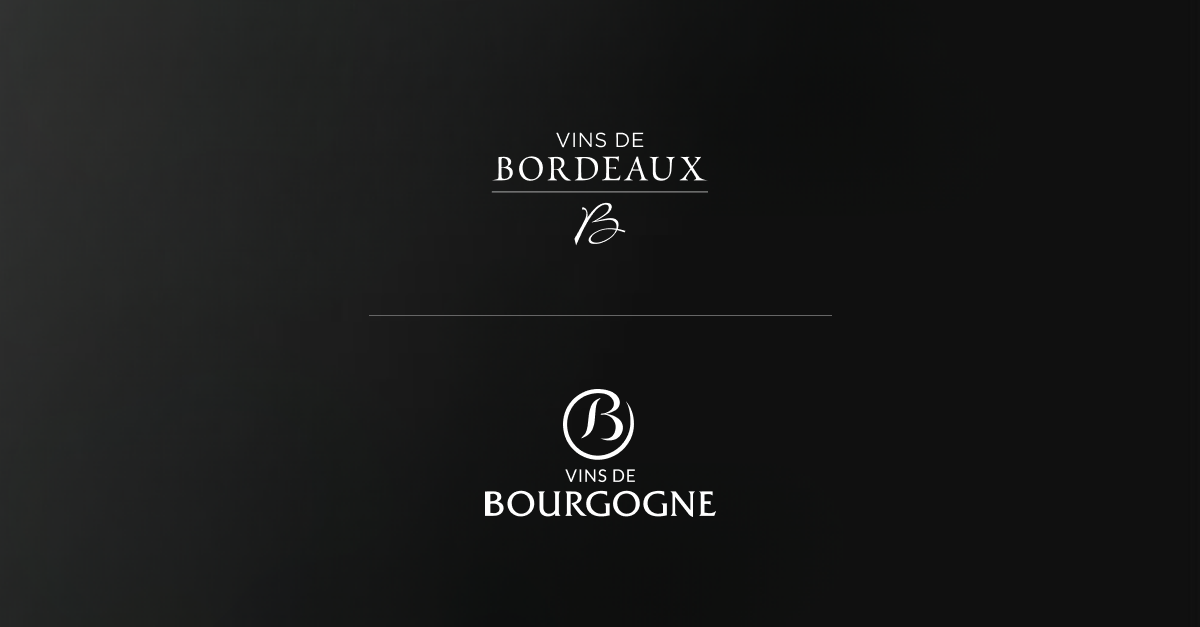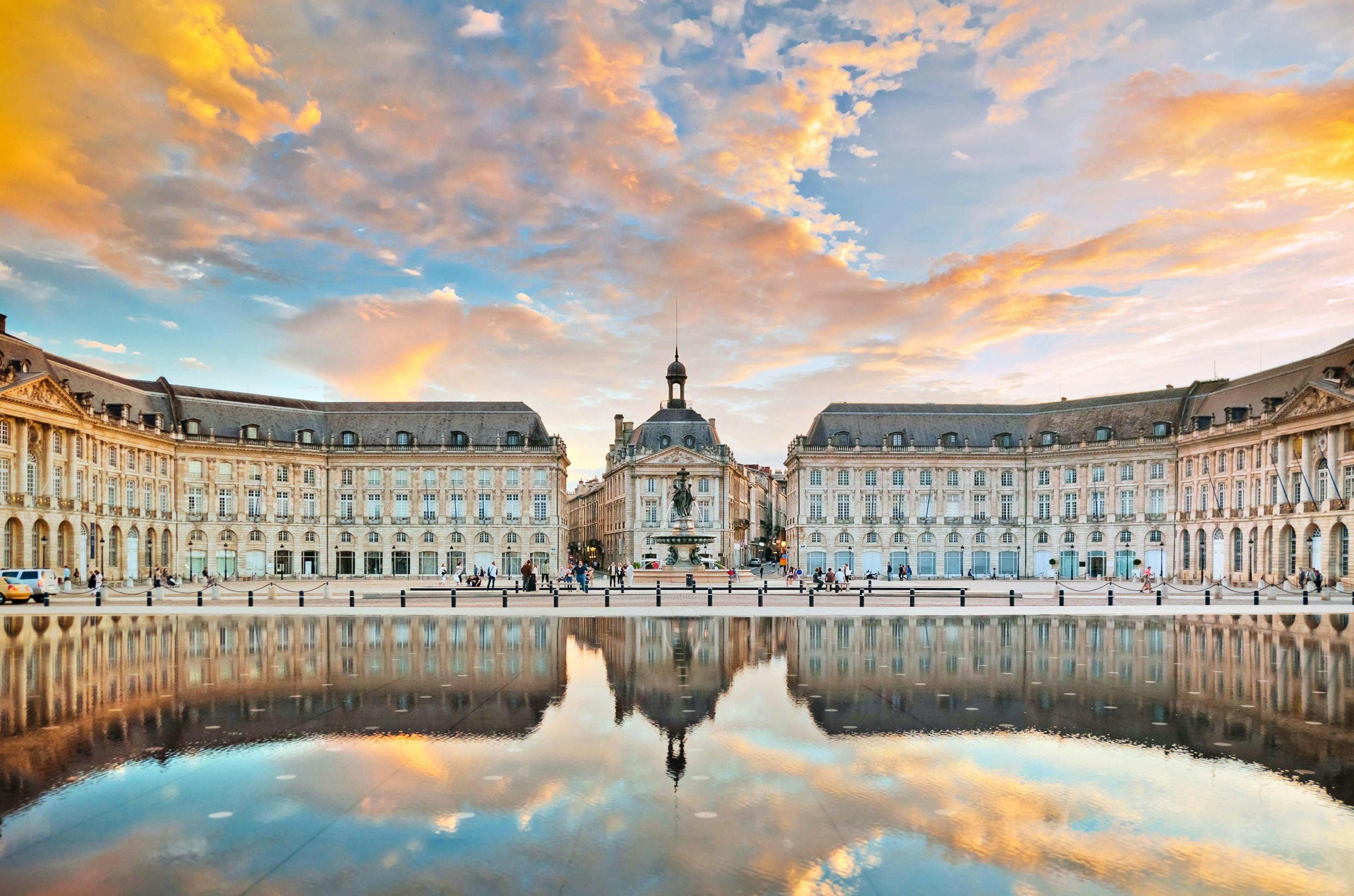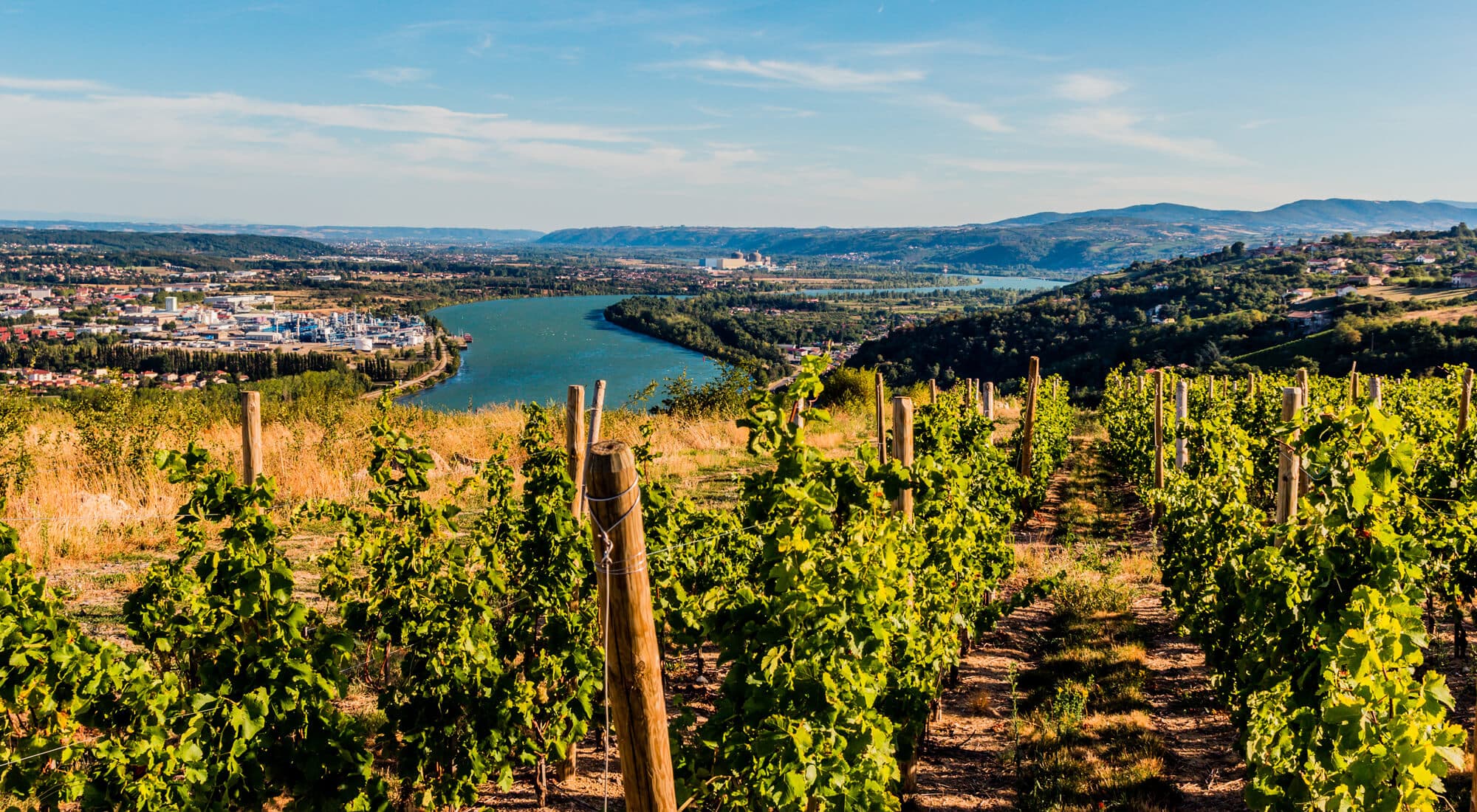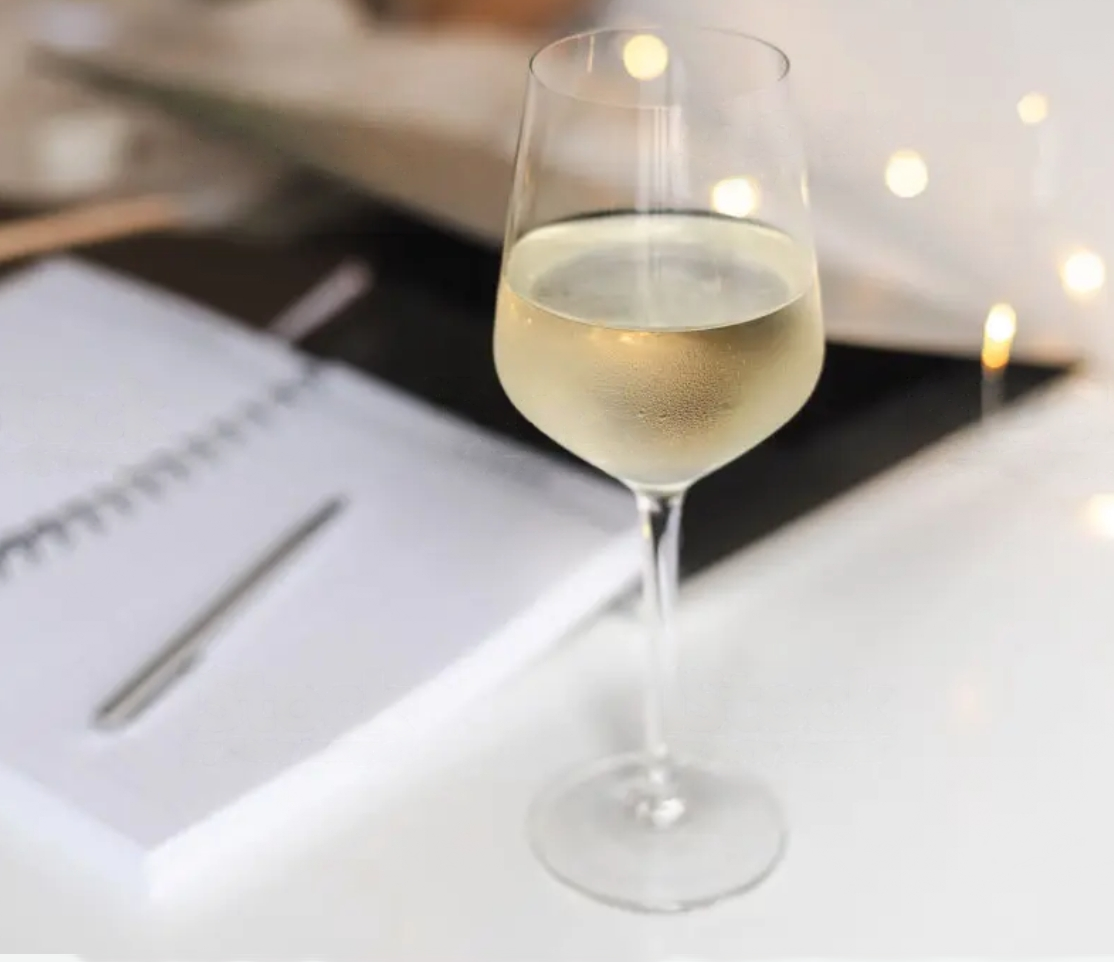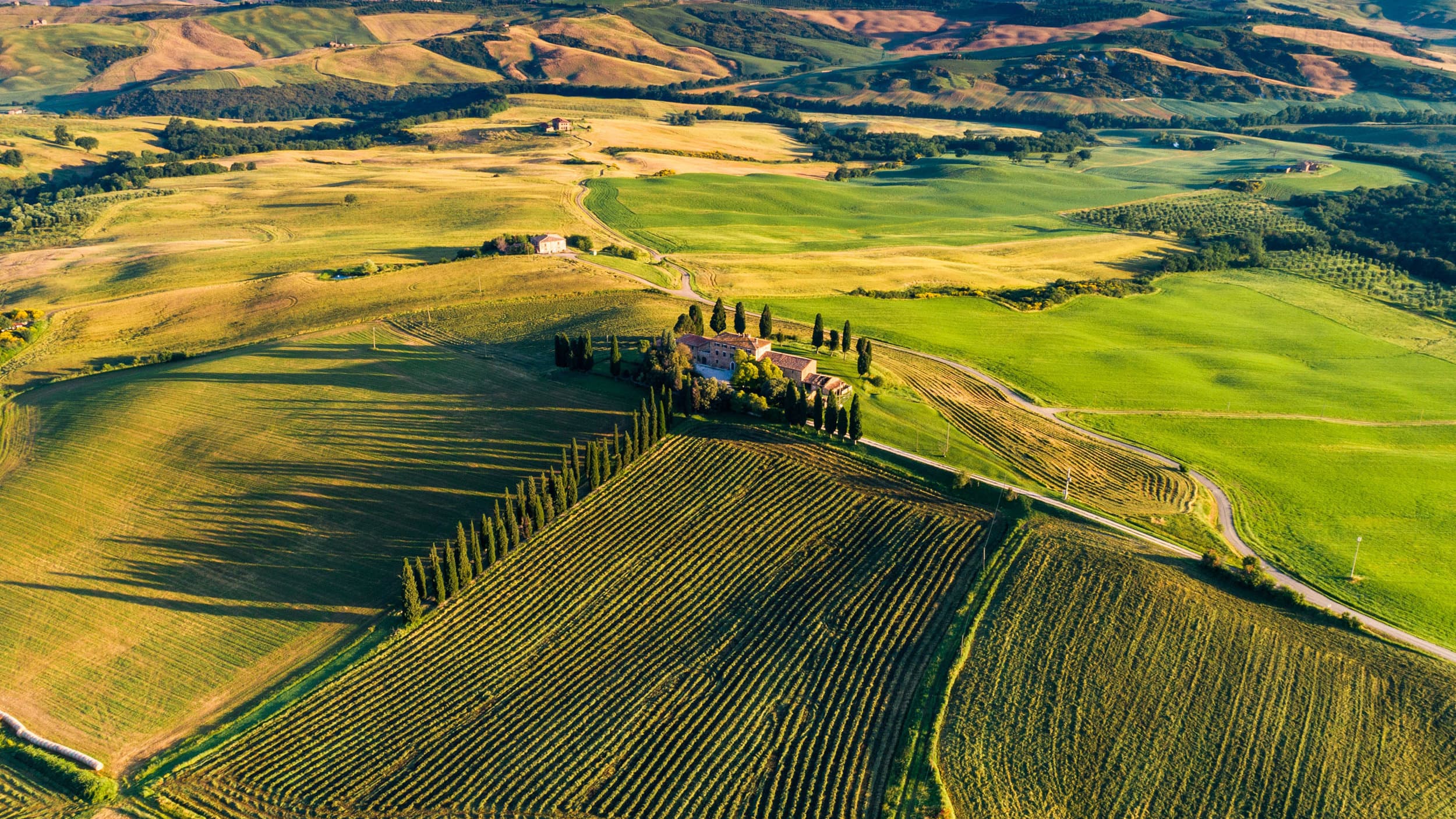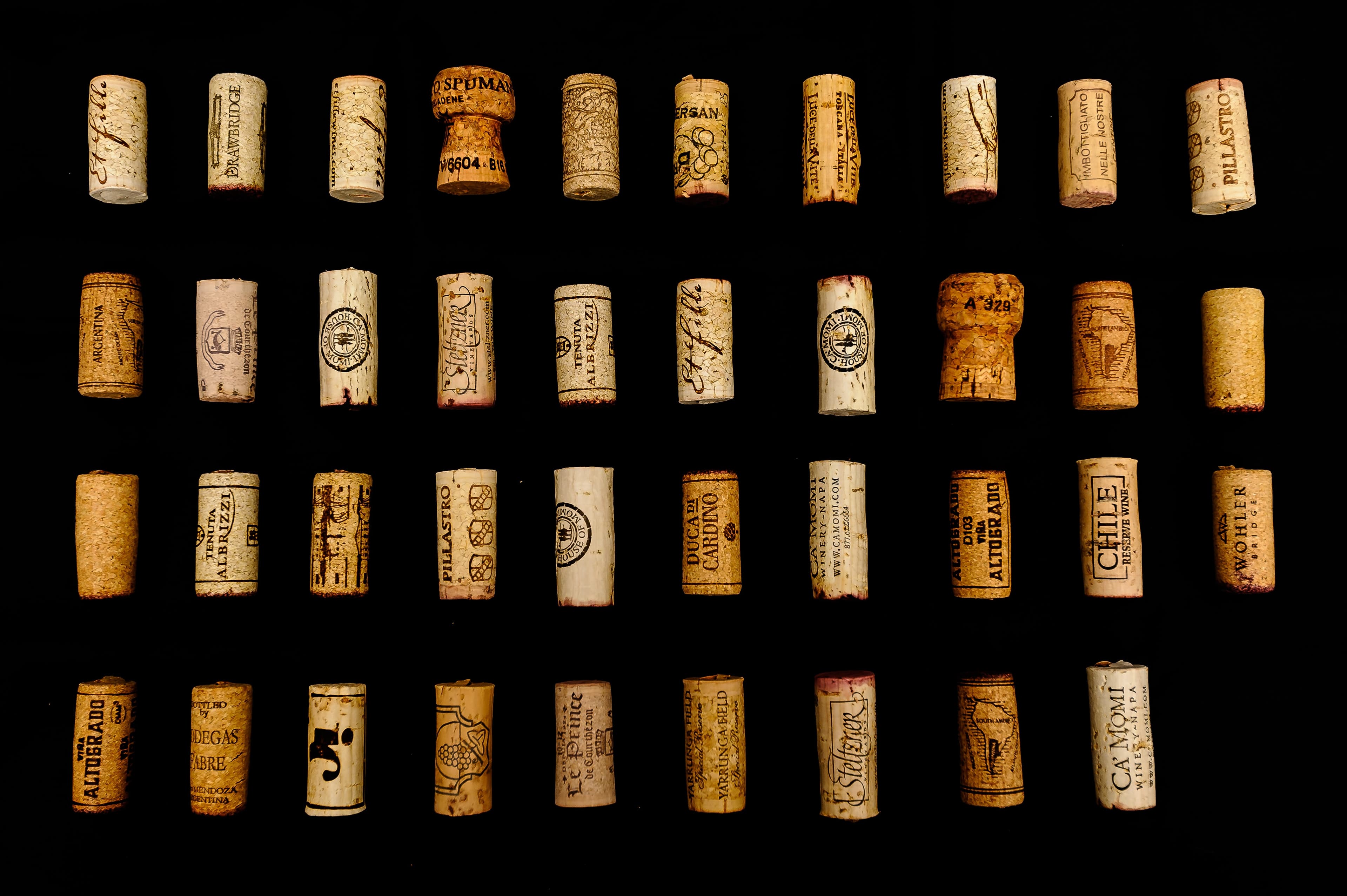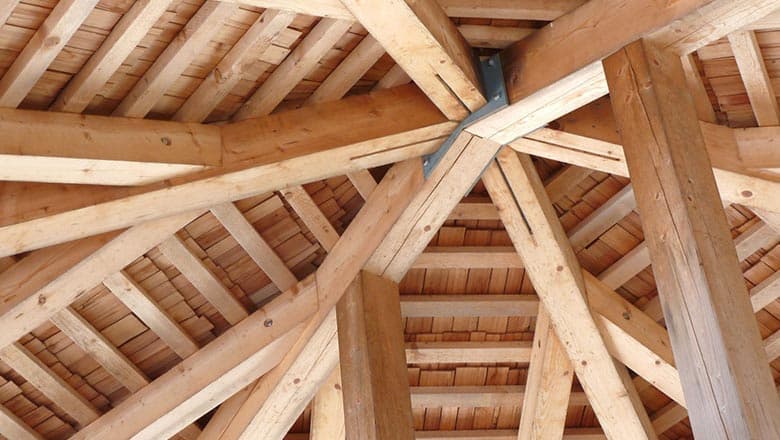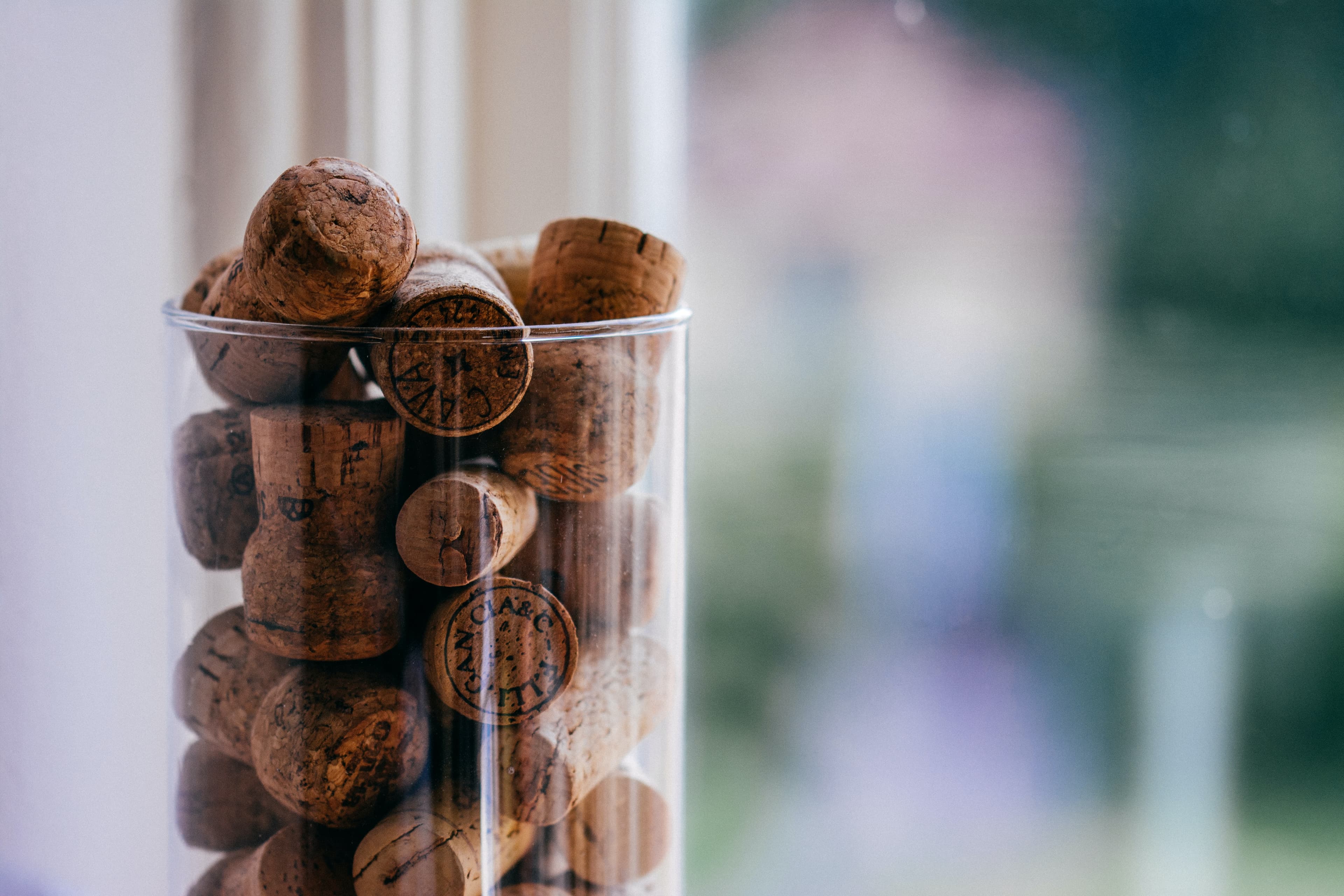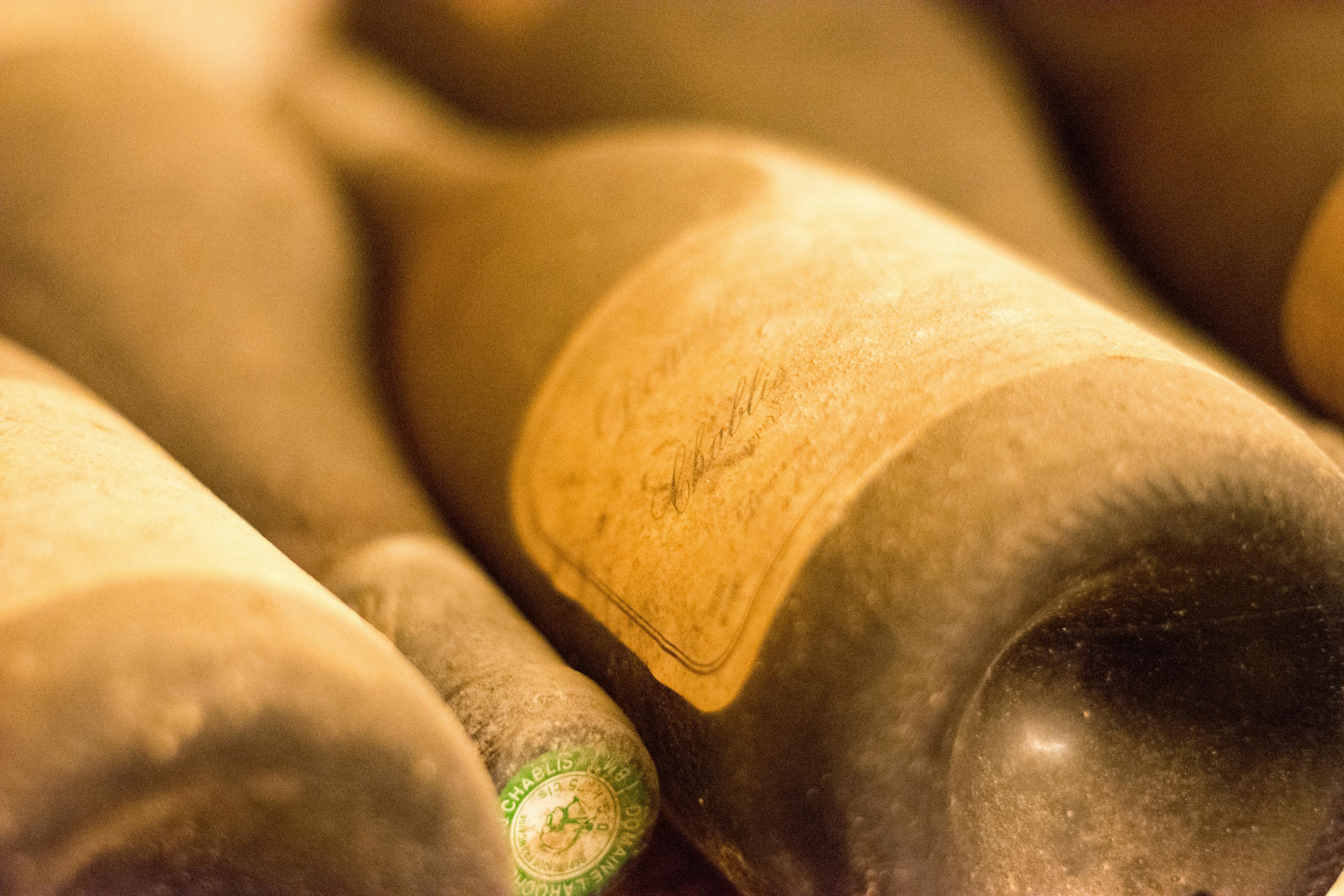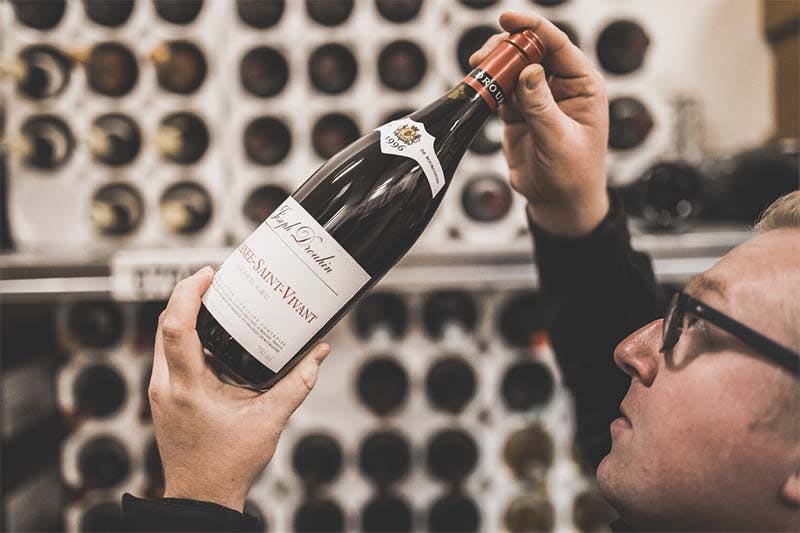
Burgundy, a world-renowned wine region, produces wines whose quality and character vary significantly from year to year. These variations, called vintages, reflect the unique climatic conditions of each year and their impact on the grapes. Understanding vintages is essential to fully appreciate the richness and diversity of Burgundy wines.
Top Years for Red Wines
Burgundy's red wines, primarily made from Pinot Noir, are especially sensitive to climate conditions. Certain years have produced wines of exceptional quality, becoming benchmarks for enthusiasts and collectors alike.
Characteristics of Outstanding Red Vintages
An outstanding vintage for Burgundy red wines typically features a warm, dry summer followed by a sunny early autumn. These conditions allow optimal ripening of the grapes, resulting in concentrated, balanced wines with excellent aging potential.
Top 5 Red Vintages of the Last Decade
1. 2015: Considered an exceptional vintage, 2015 produced rich, powerful, and balanced red wines. According to Jasper Morris, Master of Wine and Burgundy expert, "2015 is the best vintage since 2005 for the reds of the Côte de Nuits."
2. 2018: A sunny vintage that gave opulent and generous wines. Critic Neal Martin described the 2018s as "seductive wines that will bring great pleasure."
3. 2019: A high-quality vintage that combines concentration and freshness. According to the Burgundy Wine Board (BIVB), volumes were 30% below average, but the quality was exceptional.
4. 2016: Despite challenging early-season conditions, 2016 produced elegant and precise wines. Allen Meadows, founder of Burghound.com, referred to 2016 as a "winemaker's vintage," highlighting the importance of vineyard work that year.
5. 2020: An early vintage that produced concentrated and structured wines. While volumes were low (about 1.56 million hectoliters according to the BIVB), the quality was remarkable.
Aging of Great Red Vintages
Outstanding vintages of Burgundy red wines have the capacity to improve for many years in the cellar. For example, the 2005 vintage, regarded as one of the greatest of the 21st century, continues to evolve positively. In a 2020 tasting organized by La Revue du Vin de France, the 2005 Côte de Nuits grand crus were still far from their peak, promising many more years of enjoyment.
Also read : "Burgundy Appellations"
Exceptional Vintages for White Wines
Burgundy's white wines, primarily made from Chardonnay, have also experienced exceptional years, producing wines of remarkable richness and complexity.
Criteria for a Great White Vintage
A great vintage for Burgundy whites requires a delicate balance between ripeness and freshness. The best years are often those with a warm but not scorching summer, allowing slow and steady grape ripening while preserving natural acidity.
Legendary White Vintages and Their Characteristics
1. 2014: Considered one of the greatest vintages for Burgundy whites in recent decades. The 2014 wines stand out for their purity, precision, and exceptional aging potential. According to Jancis Robinson, Master of Wine, "2014 is a classic vintage for whites, with beautiful tension and great purity."
2. 2017: A generous vintage that produced rich and expressive whites. The BIVB described 2017 as a "generous and early vintage," with volumes up 21% compared to the five-year average.
3. 2010: A vintage of great freshness that gave long-lived wines. Despite low yields (about 30% below average), the quality was exceptional, especially for the whites.
4. 2020: Although recent, this vintage is shaping up to be exceptional for whites. The hot, dry conditions produced concentrated yet balanced wines. According to the BIVB, volumes were 20 to 30% below average, but the quality was outstanding.
Comparison Between Côte de Beaune and Chablis for Top Vintages
While part of Burgundy, Chablis often experiences slightly different climate conditions than the Côte de Beaune. For example, in 2016, while the Côte de Beaune suffered severe spring frosts, Chablis was relatively spared. Conversely, in 2017, Chablis was heavily affected by frost, while the Côte de Beaune had a generous harvest.
The 2014 vintage is considered exceptional in both Chablis and the Côte de Beaune. However, wines from these two regions express the greatness of the vintage differently: the 2014 Chablis is noted for its minerality and tension, while the Côte de Beaune whites combine richness and freshness in a remarkable way.
How Climate Change Affects Vintages
Climate change has a significant impact on Burgundy viticulture, gradually altering vintage characteristics.
Warming’s Impact on Grape Ripening
Global warming has led to earlier harvests in Burgundy. A study published in Nature Climate Change in 2016 reported that Burgundy’s harvest dates advanced by an average of 13 days between 1988 and 2014, compared to the period from 1354 to 1987.
This precocity has several consequences on grape quality:
1. Increased potential alcohol: Grapes accumulate more sugar, resulting in higher alcohol wines. According to the BIVB, the average alcohol level of Burgundy red wines increased from 12.5% in the 1970s to over 13.5% today.
2. Decreased acidity: Faster ripening can lead to a loss of acidity, which is essential for freshness and balance.
3. Evolution of aromatic profiles: Riper, even jammy, fruit aromas are gradually replacing the fresher and more floral notes traditionally associated with Burgundy wines.
Evolution of Harvest Dates Over Decades
The advancement of harvest dates is one of the most visible indicators of climate change in Burgundy. Here are some striking figures:
- In the 1970s, harvests typically began in late September or early October.
- In the 2000s, they generally started in mid-September.
- In 2020, harvests began as early as August 16 in some estates, nearly a month earlier than 50 years ago.
This shift has significant implications for harvest logistics and winemaking. Vintners must adapt to preserve the freshness and balance of their wines.
Adapting Viticultural Practices to Climate Change
In response to these challenges, Burgundy vintners are adapting their practices:
1. Modifying pruning and trellising techniques to slow grape ripening.
2. Experimenting with new grape varieties or later-ripening clones of Pinot Noir and Chardonnay.
3. Planting vines at higher altitudes or on less sun-exposed slopes.
4. Adjusting winemaking techniques to maintain freshness.
For example, Domaine Laroche in Chablis has started experimenting with night harvesting to preserve grape freshness. Other estates, such as Domaine de la Romanée-Conti, are exploring the use of older, more heat-resistant grape varieties.
Read also : "Notable Vintages in Burgundy"
Characteristics of Recent Vintages
Recent Burgundy vintages reflect the challenges and opportunities associated with climate change.
- 2018: A sunny vintage marked by a particularly hot and dry summer. Yields were generous (about 1.8 million hectoliters according to the BIVB), and quality was excellent. Red wines are rich and opulent, while whites, despite the heat, often retained good freshness thanks to early harvesting.
- 2019: A balance between concentration and freshness. The year saw contrasting weather conditions, with a cool spring followed by a hot, dry summer. Volumes were lower than in 2018 (around 1.23 million hectoliters), but the quality was exceptional. Red wines are concentrated and structured, while whites combine richness and tension.
- 2020: An early and high-quality vintage. 2020 will be remembered as one of the earliest vintages in Burgundy history. Despite low yields (about 1.56 million hectoliters), quality was excellent. Red wines are intense and structured, while whites stand out for their balance between ripeness and freshness.
- 2021: A return to "classic" vintages. After a series of hot vintages, 2021 brought cooler and wetter conditions. Spring frosts severely impacted yields (only 900,000 hectoliters, the smallest harvest since 1981). However, the wines produced are characterized by their freshness and tension, reminiscent of "classic" Burgundy vintages.
Tips for Choosing by Vintage
Choosing a Burgundy wine based on its vintage may seem complex, but with some key knowledge, you can make informed choices to enhance your tasting experience.
Selecting Red Wines by Vintage
For Burgundy reds, vintage selection is crucial. Great vintages like 2015, 2018, or 2019 are excellent for aging. These wines, produced in years with particularly favorable climate conditions, have a structure and concentration that allow them to improve over time. However, they often need several years to reach their peak. If you have the patience to wait, these vintages promise an exceptional experience. Cooler vintages like 2014 or 2017 are generally more enjoyable in the short term. These wines are often more accessible in their youth, with pronounced fruity aromas and less imposing tannic structure, perfect for those who appreciate the freshness and elegance typical of Burgundy Pinot Noir. For wines to drink now, favor vintages with 5 to 10 years of age. For example, 2012 or 2013 are currently in a beautiful phase, offering a balance between primary fruit aromas and more complex notes developed with age.
Choosing White Wines by Year of Production
Burgundy whites also show significant variations by vintage. Great vintages like 2014 or 2017 have excellent aging potential. These wines, characterized by a perfect balance between richness and acidity, develop complex aromas over time. They are ideal for those who enjoy the tertiary flavors that come with aging, such as honey, nuts, and dried fruit. In warmer years like 2018, 2019, or 2020, Burgundy whites can sometimes lose some of their freshness but offer greater aromatic intensity.
The Importance of the Producer in Wine Selection
It’s essential to note that a winemaker’s skill can transcend the characteristics of a given vintage. An exceptional producer can create great wines even in challenging years. For example, despite the climate difficulties of 2021, renowned estates like Domaine Leflaive and Domaine Ramonet managed to produce wines of remarkable quality.
When choosing a wine, consider not only the vintage but also the producer’s reputation. Talented winemakers know how to adapt to the unique conditions of each year to bring out the best from their vineyards. Don’t hesitate to explore wines from well-known producers, even in less celebrated vintages—you might discover impressive and distinctive bottles.
Ultimately, selecting a wine by vintage is an opportunity to explore the diversity and richness of Burgundy wines. Each bottle tells the story of a unique year shaped by climate, terroir, and the winemaker’s expertise. By understanding the characteristics of each vintage and considering the producer’s skill, you can choose wines that suit your preferences and occasion, whether for immediate enjoyment or as a future investment.
Share this article
